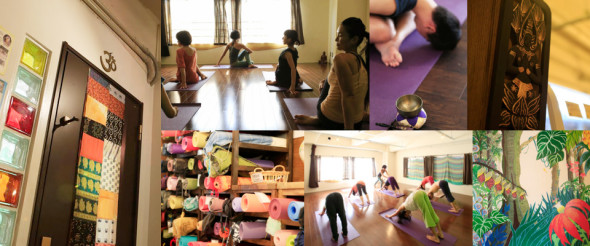As my CIP for this semester, I chose Manga kyoshitsu. At first, I just want to experience something different from last semester and learn something about Japan. As we all know that manga and animation are really famous and professional in Japan and I am actually a manga fan and doing some little mangas by myself as well, I decide to do this for my CIP in Kyoto manga kyoshitsu with Okamoto sensei and Himura sensei. I go there every Saturday afternoon and spend 3 hours there drawing things. Basically you can draw anything you like at first and sensei will tell you which kind of exercise you need specifically. For me, I like to draw illustrations with characters but I can’t do very well in drawing human body, so sensei just gave me a photo book with human bodies and taught me how to draw human body from beginning systematically. Sensei will also gave me many advices when I am drawing. For example, the way to transform real pictures into manga characters and the composition of pictures, as well as some small tips which are really helpful.
Not only the way of drawing, but I also learnt how to interact with Japanese people. It’s totally fine to use casual speaking style with Japanese students in university, but since students in manga kyoshitsu are not all collage students and usually you cannot tell their ages, it’s better to use desu masu form to them. Because senseis are at our age as well, there was no wall between us. Of course we have to use Keigo to senseis but the atmosphere was really relaxing. Since I read manga as well, other Japanese students didn’t consider me as a foreigner, which makes me feel comfortable in this class. (The other reason that they didn’t consider me as foreigner may be that I am a Chinese which you can’t really tell whether I am a foreigner or not from my appearance. ) There was an elder sensei who is teaching traditional painting at the same place will always serve tea for us and students will bring snacks to share with everyone during break. I think this is a very special Japanese culture that happening everywhere in Japan, the tea time.
I really appreciate this opportunity to really join in a Japanese community like this kind of small class for manga. In this class, I had a chance to interact with young Japanese and here a lot of interesting things of Japanese young culture.





